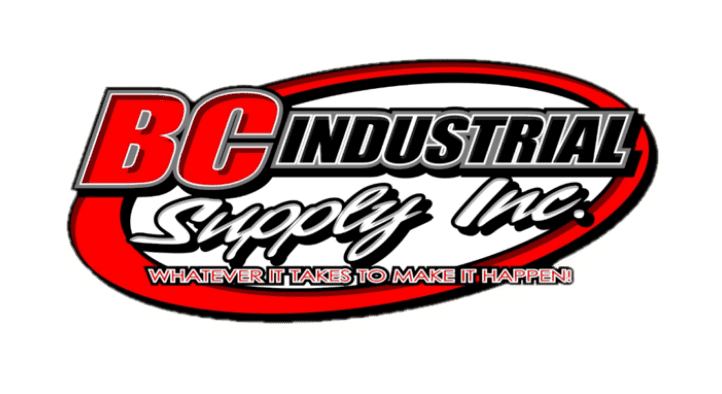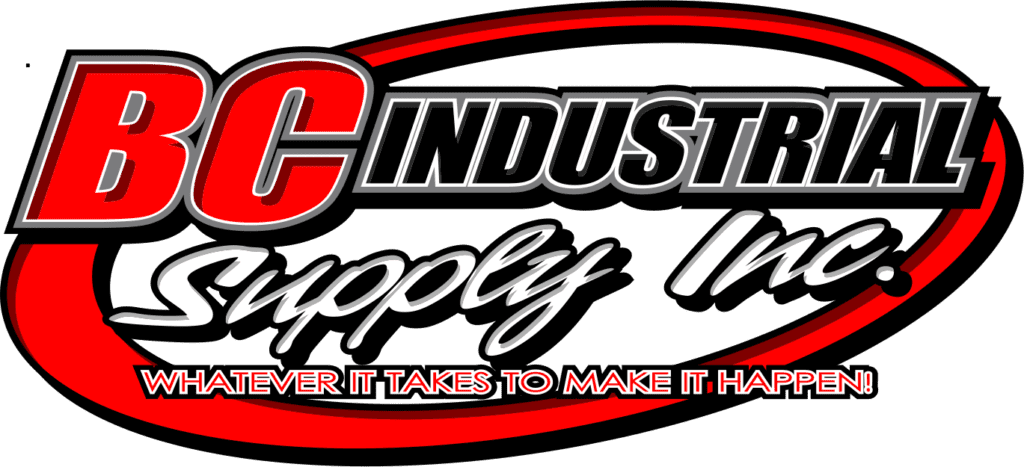Manufacturing facilities are fast-paced, high-output settings where worker safety must be a constant priority. With complex machinery, hazardous materials, elevated noise levels, and potential exposure to flying debris or chemical vapors, these environments present significant risks. Personal Protective Equipment (PPE) serves as the last line of defense in safeguarding workers from injuries and long-term health issues.
BC Industrial Supply understands the critical role PPE plays in the manufacturing sector. That’s why we maintain a well-stocked inventory of safety gear—from protective eyewear and gloves to hearing protection and flame-resistant clothing—ensuring that manufacturers across the U.S. can access the equipment they need with fast shipping and reliable customer support.
Table of Contents
Why PPE Matters in Manufacturing Settings
PPE reduces the likelihood of injuries in areas where engineering and administrative controls can’t eliminate all hazards. While machinery guards, safety protocols, and training minimize many risks, PPE acts as a buffer between workers and the dangers that persist.
Injuries such as chemical burns, eye damage from flying particles, or long-term hearing loss from loud equipment can occur without proper protection. The Occupational Safety and Health Administration (OSHA) mandates the use of PPE in specific situations to help prevent these outcomes. PPE compliance isn’t just a legal requirement—it’s a moral and practical responsibility to ensure worker well-being and uninterrupted operations.
A properly implemented PPE program can reduce lost-time incidents, lower the number of recordable injuries, and create a culture where safety is viewed as a shared responsibility. This shift in mindset has long-term benefits for both employee morale and the company’s operational efficiency.
Common Hazards and Corresponding PPE
Manufacturing environments expose workers to a wide range of hazards. Each risk category calls for specific protective gear to mitigate potential injuries. Exposure to loud machinery can cause irreversible hearing damage. Earplugs or earmuffs rated for the environment’s decibel level are essential in these settings. Even brief exposure to high decibel noise without adequate protection can result in hearing degradation. Employers must conduct regular noise surveys to identify high-risk areas and ensure suitable hearing protection is provided and worn consistently.
Respiratory threats from dust, welding fumes, or chemical vapors necessitate masks or respirators tailored to the airborne hazard. Not all respiratory protection is interchangeable. Dust masks may be ineffective against organic vapors, while chemical respirators might be unnecessary for general dust. Selecting the correct filter type and ensuring proper fit are vital steps.
Gloves vary depending on the task—cut-resistant gloves for handling sheet metal, chemical-resistant gloves for handling corrosives, and insulated gloves for electrical work. Improper glove selection can be just as dangerous as no gloves at all. Workers should understand glove ratings and use cases.
High-visibility clothing helps prevent accidents in areas with vehicle traffic such as forklifts or automated carts. Flame-resistant garments are critical in environments where sparks or hot surfaces are common. Hard hats, safety goggles, and steel-toed boots protect against impact injuries, falling objects, and foot trauma. Each item must meet relevant ANSI or OSHA standards to ensure effectiveness.
The Role of Training in Effective PPE Use
Supplying PPE alone isn’t enough. Workers must be trained on when and how to use the gear properly. Incorrect usage can offer a false sense of security while leaving the wearer vulnerable. For instance, wearing hearing protection improperly—like inserting earplugs halfway—can significantly reduce effectiveness.
Training should include how to select the right PPE for the job, how to wear and adjust it correctly, and how to maintain and replace it. This education should not be a one-time event. Refresher courses should be scheduled regularly to reinforce proper habits and address changes in equipment or workplace hazards.
Supervisors play a key role in reinforcing PPE compliance and observing that gear is being used appropriately on the floor. Spot checks, toolbox talks, and real-time feedback can all enhance the effectiveness of PPE programs. When supervisors lead by example, employees are more likely to follow suit.
Maintenance and Inspection of PPE
PPE is only effective when it is in good working condition. Regular inspections help identify wear and tear that could compromise safety. Cracked goggles, worn-out gloves, or expired filters in respirators are all liabilities.
Each item of PPE has its own maintenance requirements. For example, face shields should be cleaned regularly and inspected for cracks, while respirators need to be stored in a dry, clean area and checked for proper seal and filter integrity. Items like harnesses and lanyards used in elevated work must be inspected for fraying, cuts, or any sign of damage.
Establishing a maintenance schedule as part of a facility’s safety program ensures that PPE is always ready for use. Documentation of inspections and replacements should be kept and reviewed during audits to ensure full compliance and traceability.

Balancing Comfort and Safety
One of the main reasons workers may resist using PPE is discomfort. Ill-fitting gear can restrict movement, cause irritation, or contribute to fatigue. Modern advancements in PPE design address many of these issues. Materials have become lighter, more breathable, and ergonomically shaped to fit a wide range of body types and working conditions.
Involving employees in the selection process can also improve adoption. When workers try out different brands or models and provide feedback, they’re more likely to wear the gear consistently. Comfort should not be viewed as a luxury—it’s a practical component that influences daily compliance.
Seasonal changes also impact comfort. In hot environments, workers may resist wearing additional layers. PPE designed for thermal management can reduce heat stress while still providing necessary protection. In cold climates, insulated yet flexible gear is necessary to maintain dexterity and comfort.
Cost Considerations and Long-Term Value
While PPE represents an upfront investment, the long-term savings from injury prevention far outweigh the costs. Workplace injuries can result in downtime, medical expenses, legal liabilities, and reduced morale. In contrast, a proactive PPE program improves safety records, reduces absenteeism, and can even lower insurance premiums.
Calculating the ROI of a strong PPE program includes indirect savings like fewer lost workdays, lower employee turnover, and increased productivity. Workers who feel safe are more focused and efficient.
Companies should consider PPE not as a consumable expense but as a critical component of operational reliability and employee welfare. Quality gear lasts longer and provides better protection, making it a smarter purchase in the long run. Cheaper alternatives may fail quicker, leading to hidden costs in replacements and potential injury claims.
Regulatory Compliance and Audits
Failing to comply with PPE regulations can lead to significant penalties. OSHA citations related to PPE are among the most common safety violations in the manufacturing industry. Routine internal audits help companies stay ahead of compliance requirements and demonstrate due diligence in protecting workers.
Proper documentation of training sessions, PPE assignments, and inspection schedules is essential. This paperwork not only supports compliance but also improves safety transparency. It also provides valuable data for identifying trends and areas for improvement.
Third-party safety consultants can also help evaluate PPE programs, provide recommendations, and identify compliance gaps. This external perspective is especially helpful in larger facilities or those with complex processes.
Conclusion
PPE remains an essential safeguard in the manufacturing industry. From preventing catastrophic injuries to preserving hearing and respiratory health, the right equipment enables employees to work safely and productively. When combined with training, proper maintenance, thoughtful selection, and ongoing supervision, PPE is a powerful tool for any manufacturer committed to a safe workplace.
A well-structured PPE program not only protects workers but also strengthens the overall performance and reputation of the company. Safety is not optional—it’s a critical foundation for sustainable manufacturing operations.

